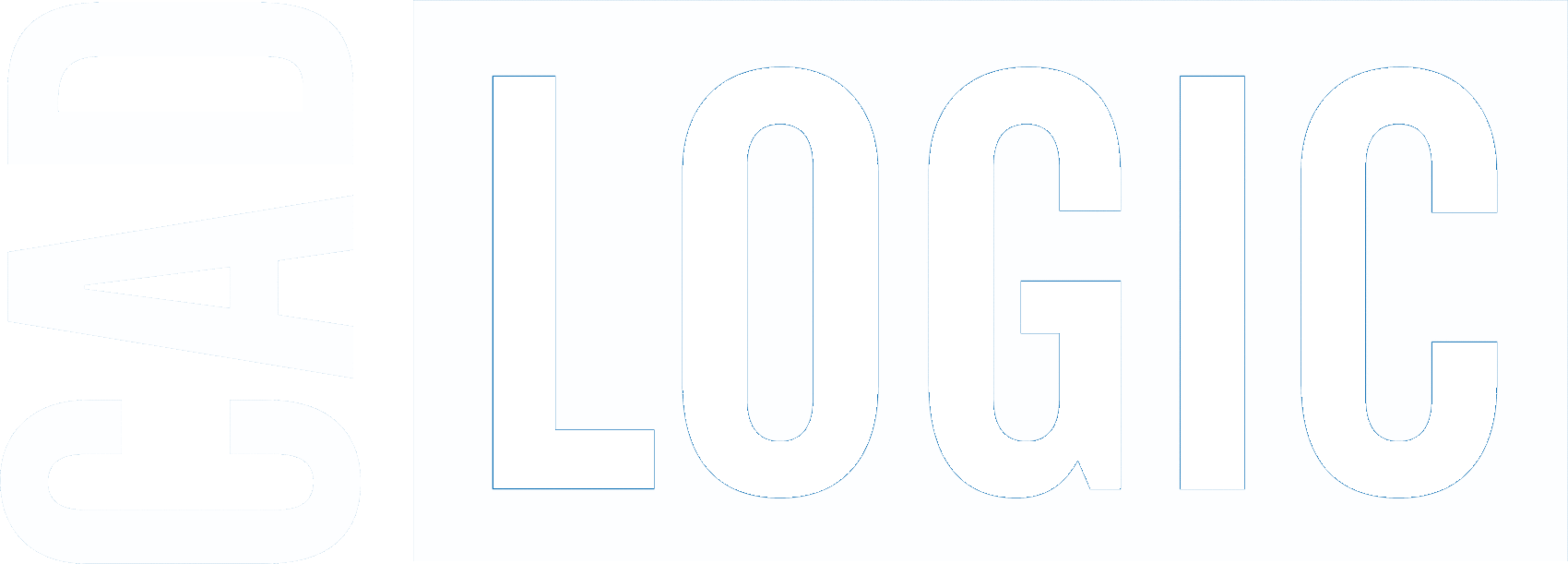
Draft it Help System
The complete Help system for Draft it is available on these pages.
Available in: Pro and Architectural
The Chain Dimension command
 creates a series of Linear Dimensions
joined end to end. The command is identical to the Linear Dimension
function except that it continues once the first dimension is placed.
creates a series of Linear Dimensions
joined end to end. The command is identical to the Linear Dimension
function except that it continues once the first dimension is placed.
Once selected the Ribbon changes to show the current dimension properties and the command and prompt reads:
Give First Point:
Select the first point to dimension using any of the snaps and input options. A dynamic line will be drawn from this point to the cursor. The prompt now reads:
Give Second Point:
Select the second point to dimension using any of the snaps and input options. Draft it now creates a dynamic dimension attached to the cursor and the prompt reads:
Give Dimension Position (H)orizontal, (V)ertical or (A)ligned:
Select the position of the dimension using any of the snaps and input options. The position of this point relative to the two previous points controls the dimension orientation.
You can see that the cursor position can control the orientation of the dimension, simply click the first dimension into place, alternatively hit H, V or A to lock the required orientation then click into place.
The dimension text is always placed centrally between the two dimension points except when it is an aligned dimension and the dimension position is outside of the two points (top left and bottom right corners).
The command differs from the Linear Dimension (which ends here) from this point, the prompt reads:
Give Next Point:
Now indicate the next point to dimension using any of the snaps and input options. As soon as the point is picked a second dimension is created between this point and the second point of the previous dimension, this new dimension is automatically aligned to the first dimension.
Additional points can now be selected to add further dimensions to the chain.
The dimensions created using the chain command are stored as individual dimensions and can be modified if required using the same techniques, see Modifying/Moving Dimensions.
